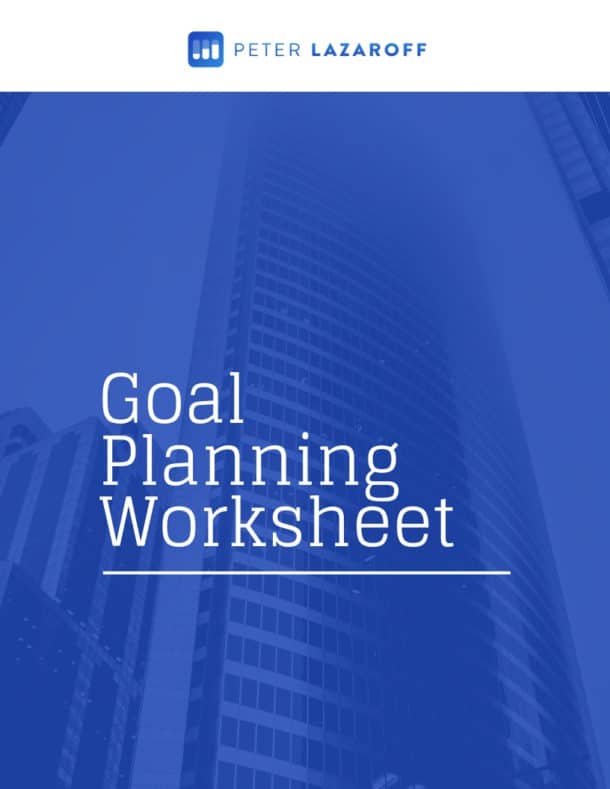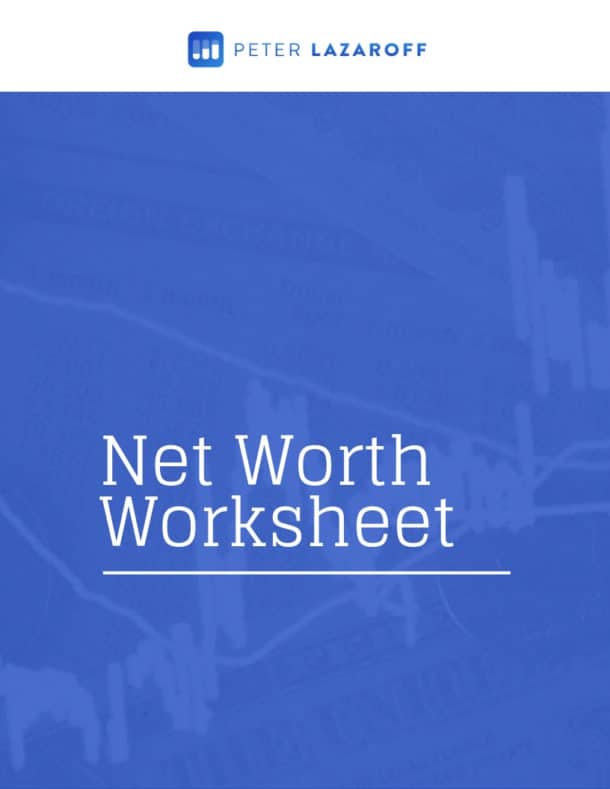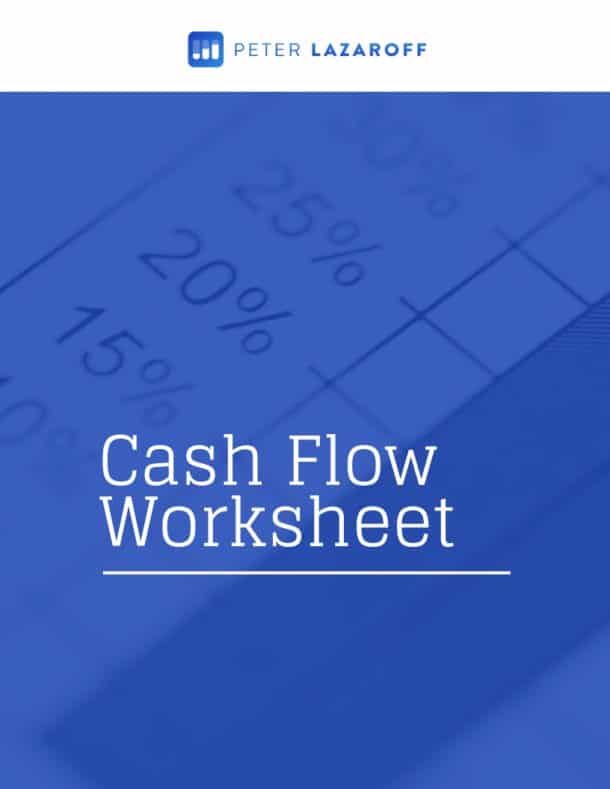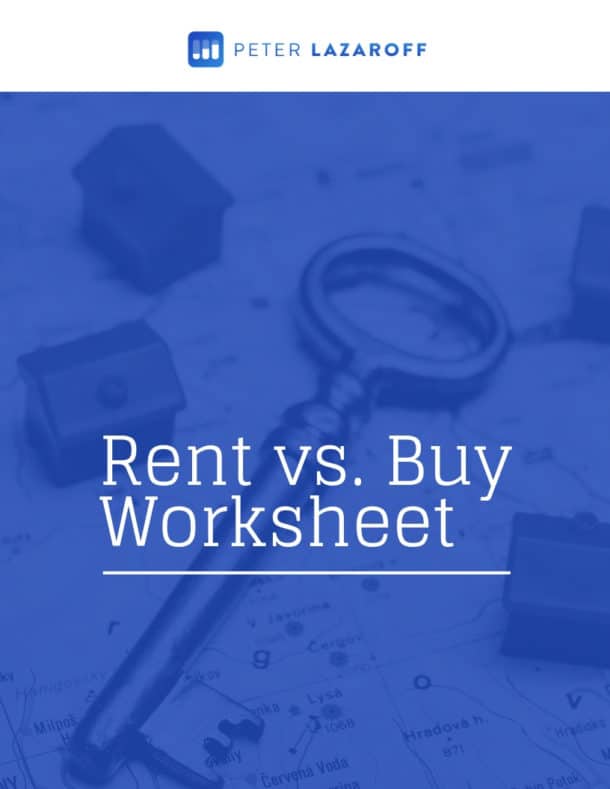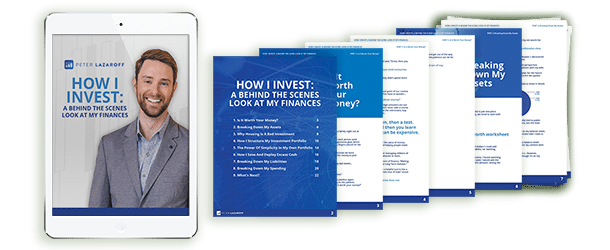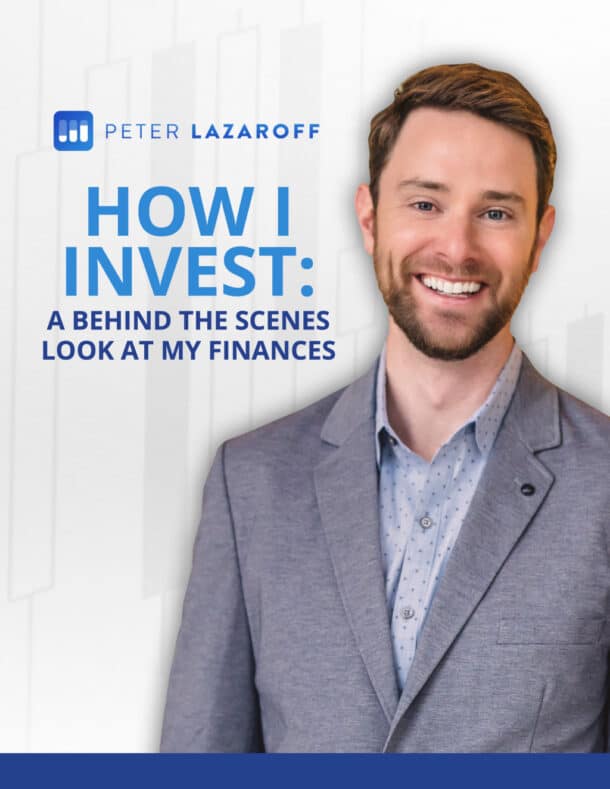Watch Now
Listen Now
Dr. David Kelly, Chief Global Strategist at J.P. Morgan Asset Management, is one of the most respected voices in macroeconomic forecasting. His work is a go-to resource for professionals in the financial industry, helping investors make sense of market trends, policy shifts, and economic cycles.
In this episode of The Long Term Investor, we discuss how forecasts are built, how investors should interpret them, and what key themes are shaping markets in 2025 and beyond.
Here are notes from my conversation…
Sign up for my newsletter so you can easily reply to my emails with your thoughts or questions for the podcast:
How Economic Forecasts Are Built (02:15)
Dr. Kelly explains that economic forecasting is an intricate process that relies on a mosaic of data. Rather than focusing on a single indicator, such as GDP growth or unemployment, he integrates multiple variables to create a comprehensive picture of economic conditions.
A key takeaway: No single data series tells the whole story. By analyzing trends across multiple economic indicators, forecasters can create more reliable expectations for future growth, inflation, and corporate profits. This broad perspective helps smooth out the impact of short-term surprises—such as a sudden jump in unemployment—on the overall forecast.
Market forecasts are often misunderstood. While some investors use them to predict short-term movements, Dr. Kelly emphasizes that their real value lies in maintaining a balanced perspective.
Media narratives often sensationalize market trends, leading to fear-based decision-making. In contrast, economic forecasts serve as a grounding mechanism, helping investors recognize that markets and economies generally progress in a steady, often “boring” manner. Rather than positioning portfolios based on doomsday scenarios, investors should focus on valuation and long-term economic fundamentals.
The U.S. Economic Outlook for 2025 (05:30)
Dr. Kelly describes the current economy as one of steady, post-cycle expansion. Unlike the dramatic “soft landing” headlines, he argues that the U.S. economy has already been in a soft landing for some time.
His baseline forecast for 2025 includes:
- GDP Growth: Expected to remain around 2%, in line with 2024.
- Inflation: Gradually declining toward 2% as shelter and auto insurance costs ease.
- Unemployment: Holding steady at about 4%.
- Market Risks: Valuations are a concern, as some assets have been pushed to extreme prices.
Barring major shocks or policy changes, 2025 looks set to mirror the trends of the previous year. However, the upcoming election and potential shifts in policy could alter this trajectory.
Policy Changes That Could Shape 2025 (06:45)
Tax Policy and Fiscal Stimulus
The sunsetting of the Tax Cuts and Jobs Act (TCJA) in 2026 is a key legislative issue. Dr. Kelly believes a full extension of these tax cuts is highly likely, particularly with Republican control of Congress and the White House.
However, additional tax cuts—such as removing income tax on tips and overtime, expanding corporate tax breaks, and increasing deductions for R&D—are also on the table. These policies could add stimulus to consumer spending and corporate profits but would likely increase the federal deficit, which already approaches $2 trillion annually.
The Impact of Tariffs on Inflation and Trade
Tariffs are a significant topic in the 2025 election cycle. Dr. Kelly explains how tariffs function as an import tax, raising government revenue but also increasing costs for consumers. While they may boost domestic production in certain industries, tariffs generally reduce global trade and economic growth.
Historically, retaliatory tariffs from other countries have hurt U.S. exporters, leading to disruptions across various industries. Economists overwhelmingly view tariffs as a long-term drag on productivity and growth.
Why Interest Rates Are Rising (12:30)
Since the 2024 election, long-term Treasury yields and mortgage rates have increased. Dr. Kelly attributes this trend to several factors:
1. Higher Inflation Expectations: Policies like fiscal stimulus and tariffs could push inflation higher, prompting investors to demand higher yields.
2. Federal Reserve Caution: The Fed initially planned four rate cuts in 2024 but has since reduced its projections to two. If inflation remains sticky, rate cuts may be delayed further.
3. U.S. Debt Levels: The growing national debt could sustain higher long-term interest rates, as investors demand greater compensation for lending to the government.
While some fear rising rates, Dr. Kelly argues that they are simply a return to historical norms after an extended period of artificially low borrowing costs.
The National Debt: Should Investors Worry? (16:30)
Concerns about the national debt have persisted for decades, yet the U.S. has continued borrowing without a financial crisis. However, Dr. Kelly warns that at some point, persistent deficits could lead to a loss of confidence in U.S. government bonds, resulting in a sharp rise in interest rates.
Key points to consider:
- The U.S. has significant flexibility in managing its debt, given its ability to print dollars.
- The real concern is not whether the U.S. can pay its debt, but whether politicians will make responsible fiscal choices.
- If deficits remain excessive, the risk of a financial crisis increases over time.
Maintaining Federal Reserve independence and implementing disciplined tax and spending policies will be critical in managing long-term debt concerns.
Market Concentration and the “Magnificent Seven” Stocks (23:15)
One of the most discussed market trends in recent years has been the dominance of the “Magnificent Seven” mega-cap technology stocks. Dr. Kelly highlights key risks in this area:
- Valuation Concerns: Investors have priced these companies at high multiples, assuming continued dominance.
- Speculative Behavior: Market enthusiasm often leads to irrational price movements, similar to past bubbles (e.g., dot-com stocks, cryptocurrency).
- Passive Investing’s Role: As more investors pile into index funds, mega-cap stocks receive disproportionate capital inflows, fueling further concentration.
While some of these companies may justify their valuations, others could face significant challenges in maintaining their dominance.
Why U.S. Investors Should Diversify Globally (26:00)
Many sophisticated investors remain heavily overweight U.S. stocks, despite clear valuation gaps between domestic and international markets.
Dr. Kelly’s perspective on global diversification:
- European Markets: Less tech-heavy, more diversified, and offering higher dividend yields.
- Emerging Markets: Potential for long-term growth, but currency fluctuations and political risks remain factors.
- U.S. Dollar Overvaluation: If the dollar weakens, international investments could provide an extra tailwind.
History suggests that market leadership cycles rotate, and U.S. dominance won’t last forever. Investors should prepare by diversifying across global markets.
The Potential and Risks of AI (31:00)
AI is one of the most transformative technological advancements, but its economic impact is still evolving. Dr. Kelly sees both opportunities and challenges:
- Positive Effects: Increased productivity, automation, and new job creation.
- Risks: Job displacement, social manipulation, and regulatory challenges.
- Investment Implications: Similar to the dot-com boom, many AI companies will fail, but a select few could define the future economy.
Rather than betting on individual AI stocks, a diversified approach is likely the best strategy.
Final Thoughts and Where to Follow Dr. David Kelly (32:33)
For more of Dr. Kelly’s insights:
- Guide to the Markets: Updated daily at 10 AM
- LinkedIn Articles: Weekly economic and market commentary
- J.P. Morgan Webcasts: Regular updates on key financial trends
Resources:
The Long Term Investor audio is edited by the team at The Podcast Consultant
Submit Your Question For the Podcast
Do you have a financial or investing question you want answered? Submit your question through the “Ask Me Anything” form at the bottom of my podcast page.
Support the Show
Thank you for being a listener to The Long Term Investor Podcast. If you’d like to help spread the word and help other listeners find the show, please click here to leave a review.
I read every single one and appreciate you taking the time to let me know what you think.
Free Financial Assessment
Do you want to make smart decisions with your money? Discover your biggest opportunities in just a few questions with my Financial Wellness Assessment.










